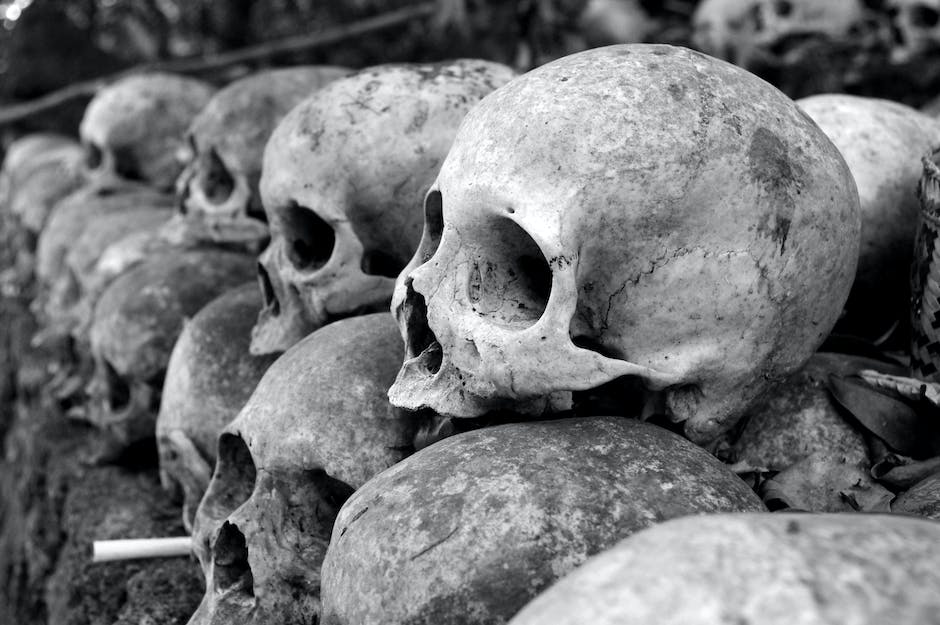
Crab Anatomy 101: Understanding The Science For Better Wild Crab Fishing
Are you a fan of crab fishing? Do you want to improve your skills and catch more crabs? Understanding the anatomy of crabs is essential for better wild crab fishing. In this blog post, we will explore the science behind crab anatomy and how it can help you become a better crab fisherman.
Crabs are fascinating creatures that belong to the crustacean family. They have a hard exoskeleton that protects their body and allows them to move around in their environment. The anatomy of a crab is divided into two main parts: the cephalothorax and the abdomen.
The cephalothorax is the head and thorax of the crab, which is covered by the carapace. The carapace is the hard shell that protects the crab's internal organs. The cephalothorax contains the crab's eyes, antennae, mouthparts, and legs.
The eyes of a crab are located on stalks that can move independently. This allows the crab to have a 360-degree view of its surroundings. The antennae are used for sensing the environment and detecting food. The mouthparts of a crab are located on the underside of the cephalothorax and are used for crushing and grinding food.
The legs of a crab are attached to the cephalothorax and are used for walking, swimming, and grasping food. The front two legs of a crab are called chelipeds, which are used for catching and holding prey. The other four pairs of legs are used for walking and swimming.
The abdomen of a crab is located behind the cephalothorax and is divided into six segments. The first five segments have appendages called pleopods, which are used for swimming and reproduction. The last segment has a pair of appendages called uropods, which are used for steering and braking while swimming.
Understanding the anatomy of a crab can help you become a better crab fisherman. Knowing where the crab's eyes and antennae are located can help you choose the best bait and lure for your trap. Using bait that smells and looks like the crab's natural food source can increase your chances of catching more crabs.
Knowing where the chelipeds are located can help you set your trap in a way that maximizes your chances of catching crabs. Placing your trap in an area where crabs are likely to walk and using bait that attracts crabs can increase your chances of catching crabs with your chelipeds.
Understanding the anatomy of a crab can also help you handle them safely and humanely. Crabs are delicate creatures that can be easily injured if handled improperly. Knowing where the crab's internal organs are located can help you avoid injuring them when handling them.
Understanding the anatomy of crabs is essential for better wild crab fishing. Knowing where the crab's eyes, antennae, chelipeds, and internal organs are located can help you choose the best bait and lure for your trap, set your trap in the right location, and handle crabs safely and humanely. So, the next time you go crab fishing, remember to keep these tips in mind and improve your chances of catching more crabs.